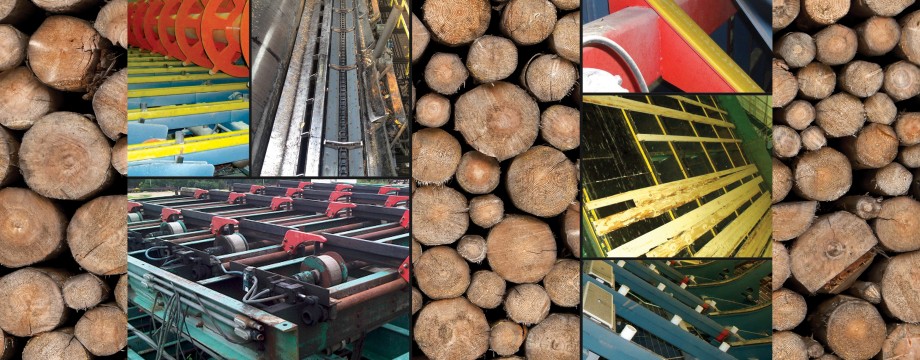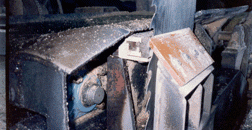One plastic that sometimes confuses customers in sawmills is “Micarta”. First of all, Micarta is just a brand name – it isn’t a type of material. What Micarta in sawmills usually refers to is a very rigid, high-load bearing “industrial laminate”. These laminates are a very large family of plastics. They break down into five different types of resin, and then three types of thin substrate (canvas, paper, or glass) which is then layered into a sandwich of substrate and plastic resin. While the common term in the sawmill industry is to call this material “Micarta” referring to a popular brand, but people in the plastics industry would call this “phenolic”. Plastics have a reputation sometimes of being easy to deform under heat and/or pressure: but phenolic/Micarta does not have this problem. Two main grades are used in sawmill applications.
“Micarta CE” or equivalent is the standard mechanical grade. It is used for simple, mechanical applications where high strength and little deformation is desired. It is widely available and fairly inexpensive and is pictured in the featured image for this article entry (look for the brown board beside the saw blade in the picture). We also see Micarta BL400 (graphite filled) often used by sawmills. This graphite filled type holds its shape even better, wears less, and is excellent in applications such as saw blade guides. Another application for these industrial laminates is as very high load bearing kiln wheel bushings (as a replacement for nylon). You can find more information on these materials here.


